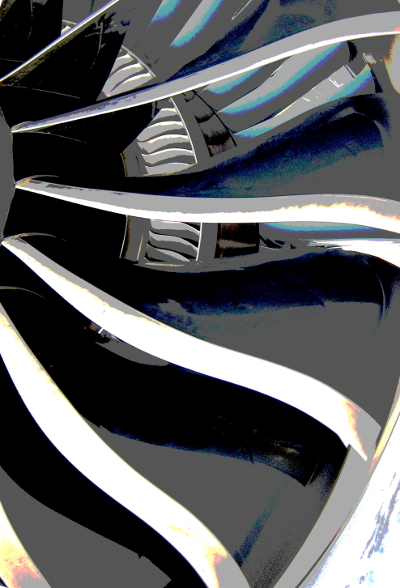Tool tip grounds A320
 Experts have revealed that a small piece of a screwdriver left inside a jet engine caused flames and an aborted take-off at Brisbane Airport last year.
Experts have revealed that a small piece of a screwdriver left inside a jet engine caused flames and an aborted take-off at Brisbane Airport last year.
A Jetstar A320 flight from Brisbane to Cairns was preparing for take-off last year, when the crew felt a vibration and heard a popping noise.
The plane pulled to the right of the runway before being brought to a stop after the captain reversed thrust.
Some of the passengers onboard the aircraft, a Brisbane tower air traffic controller, and flight crew of a following aircraft reported momentarily seeing flames coming out of the right engine.
The aircraft was taxied back to the airport gate, and all passengers and crew disembarked safely.
Engineers then reported finding metallic debris in the tailpipe of the aircraft’s right engine. On disassembly, it was discovered the engine’s high-pressure compressor had sustained significant damage.
A removable screwdriver tip was found in the engine’s combustion section.
The Australian Transport Safety Bureau’s investigation determined the screwdriver tip had been in the engine for over 100 flights.
“The ATSB [Australian Transport Safety Bureau] concluded the tool bit had been left in the engine after maintenance and when the engine was running, it entered the high-pressure compressor, leaving dents and nicks in numerous rotor blades and stator vanes,” said ATSB Director Transport Safety Stuart Macleod.
“At least two of these dents and nicks initiated fatigue cracks, which developed during the aircraft’s subsequent operation, and led to a blade failing during the incident flight’s take-off roll.”
The liberated piece of blade damaged the engine’s high pressure compressor, and the engine surged, resulting in the loss of power and the low-speed rejected take-off, Mr Macleod said.
“Tool control is an important part of maintenance processes. Small and seemingly insignificant tool components can, and have, caused significant incidents or accidents,’ he said.
Mr Macleod said the incident was also a good example of why flight crews need to be aware that the noise and vibration from an actual engine failure may be greater than, or different to, that experienced during simulator training.
“High-fidelity training devices like full motion flight simulators aim to maximise the realism of an artificial environment, but there is a limit to their ability to replicate extreme events,” he said.








 Print
Print